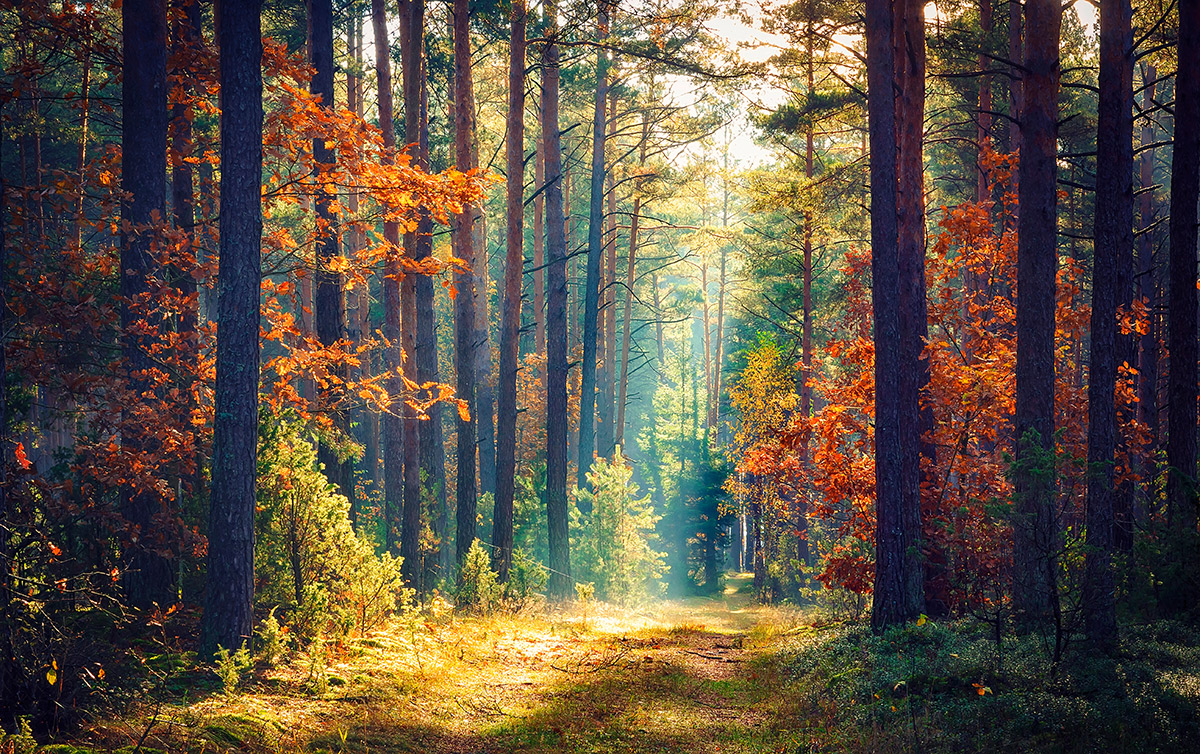Pulse of Information
Your source for the latest insights and updates.
Chasing Light: Secrets of Captivating Landscape Shots
Uncover the secrets to stunning landscape photography and elevate your skills to capture breathtaking moments that shine.
5 Essential Tips for Perfecting Your Landscape Photography
Landscape photography is an art that requires both skill and an understanding of your environment. Here are 5 essential tips to help you get the most out of your landscape shots. First, always consider the golden hour—the time just after sunrise or before sunset. The soft, warm light during these hours enhances the natural beauty of landscapes and can add depth to your images. Second, use the rule of thirds to compose your shots. By placing your horizon line along the top or bottom third of the frame, you create a more visually appealing image that guides the viewer’s eye.
Next, invest in a good tripod. Stability is key in landscape photography, particularly for long exposures that can capture the beauty of moving water or clouds. Fourth, don’t be afraid to experiment with different perspectives. Climbing higher or finding a unique foreground can transform a standard landscape into something extraordinary. Lastly, always carry extra batteries and memory cards. You never want to miss capturing that perfect moment because you weren’t prepared!

How to Use Natural Light to Transform Your Landscape Shots
Utilizing natural light can dramatically enhance your landscape photography, allowing you to capture the vibrant colors and intricate details of the environment. The golden hour, which occurs shortly after sunrise and before sunset, provides the best lighting conditions. During this time, the sun casts a warm, soft glow, creating a stunning contrast with the landscape. To make the most of this, plan your shoots ahead of time, and arrive early to scout the location and set up your equipment. This preparation will give you the opportunity to experiment with different angles and compositions as the light changes.
Another essential aspect to consider is the weather. Overcast days may seem less ideal, but they can actually provide beautiful, diffused natural light that enhances colors without the harsh shadows typically seen in bright sunlight. Experiment with different times of day and varying weather conditions to discover unique atmospheres and moods in your landscape shots. Don't forget to look for interesting foreground elements that can give depth to your images, as they can effectively interact with the surrounding light to create a captivating scene.
The Best Times of Day for Captivating Landscape Photography
When it comes to captivating landscape photography, timing is everything. The golden hour—the hour just after sunrise and just before sunset—is renowned for its soft, diffused light that bathes the landscape in warm hues. During this time, shadows are gently elongated and colors are intensified, allowing you to capture stunning images that evoke emotion. Furthermore, the absence of harsh midday sun makes it the perfect opportunity to focus on wide-angle shots of expansive vistas, as well as intimate details of nature.
Another prime time for landscape photography is during the blue hour, which occurs just before sunrise and after sunset. This period features cool tones of blue and purple, creating a serene atmosphere perfect for capturing landscapes with lakes or rivers that reflect the sky. Additionally, incorporating elements like city lights against a twilight backdrop can add an enchanting element to your photos. By planning your shoots around these key times of day, you position yourself to create breathtaking landscape images that captivate your audience.